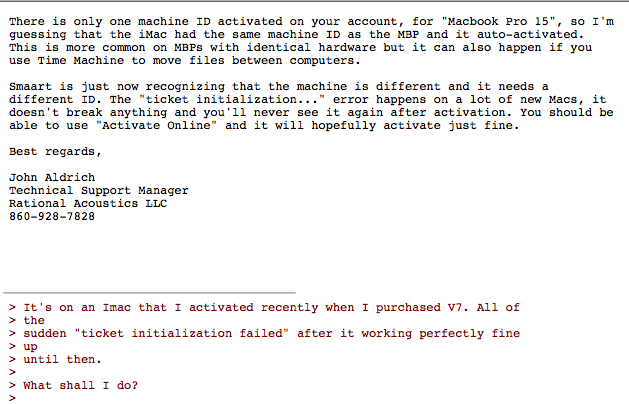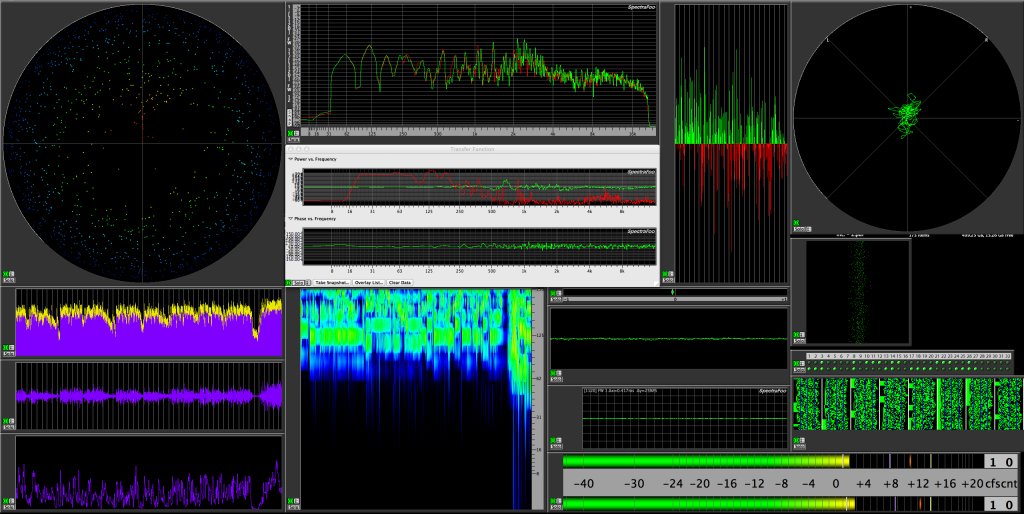
That will again require more amp channels and more signal processing.
SMAART V7 CRASHING FULL
One of the goals of this system is to be able to reproduce full range sound (not currently possible) so there will be ceiling mounted subs involved. Can the system be designed to work well with only (8) speakers total? Doubtful but maybe. At a minimum, this system will need an 8 x 8 DSP unit. What this means is that once you go past the 8 channel boundary, you have to get another unit. At this point I’ll mention that DSP (digital signal processors) typically come in 2input x 6 output or 4 input x 8 output or 8 input x 8 output. That means each time we add another speaker to the design we add additional cost for another amplifier channel and signal processing channel. To be able to time align and eq each speaker there has to be an amp channel and signal processing channel for each speaker. Obviously using (8) speakers is more expensive than (6), (4), (3), (2) or (1). If we could find and afford a speaker that could cover only one section of seating and it was within budget to get (8) of them, we could mute the speaker covering the band when the band is playing and all would be good. In a perfect world I guess we would use (8) speakers that could cover only (1) seating section but I’m not sure a speaker exists that has that HF dispersion pattern. If that were the final statement, things would be easier to tackle but one of the (8) seating areas is sometimes used for the live band which means that the coverage needs for that last section of seating needs to be adjustable. For now we will focus on deciding where speakers go, how many there will be and how they will be aimed. There may ultimately need to be some acoustic treatment in order to resolve some of the existing reflections. As it is, just an un amplified voice in the room is already very wet. Obviously we want to avoid exciting the reflective surfaces or intelligibility will suffer. This room is stone, wood, concrete, glass and plaster. Any system is a compromise so the goal is to optimize the system so that everyone has even volume and even frequency response without comb filtering and while trying to avoid exciting the room. I’ve spent countless hours thinking about this project, drawing pictures, measuring angles, asking my mentors questions, etc…Īt the end of the day, there is no such thing as a perfect sound system design. Recreating an analog EQ setting in a digital plugin I’m about to email McCauley Sound who provided the 15″ woofer for the Renkus Heinz TRC151/9 enclosure. I’ve written Renkus Heinz engineers to verify expected results. I’ve written Eminence to verify terminal polarity on the HF driver.

What do you do when the measurement is cut and dry?Īsk questions. Loudspeaker Design Cookbook 7th Edition – Vance DickasonĪs I have been trying to verify that the TRC151 pair that I have are back to factory spec, I have realized that some times the measurement results for even a single cabinet as simple as a two way passive design can be overwhelming. Some books I have come across that seem worth having in your library are as follows:

How does one learn about speakers, speaker design, speaker testing? We must verify each part if we are to know that we are making things better and not just spinning our wheels. Obviously we can’t leave it to chance that a system is properly configured.

SMAART V7 CRASHING DRIVER
“Isn’t the red terminal on a driver positive?” Maybe. For example, something as simple as replacing a blown driver may lead to the replacement driver being reinstalled out of polarity. Certainly if you’re dealing with a system that is older, there may have been many opportunities for something to be done wrong. One could assume that for an installation involving new speakers, they would all be functional but this would be a dangerous assumption.

SMAART V7 CRASHING HOW TO
I have been refurbishing a pair of Renkus Heinz TRC151/9 speakers for a local venue and during the process have realized that in order to understand, design and optimize a sound system (made up of individual speakers), one must understand how a speaker works, why it is designed the way it is and how to understand what goes wrong and how to resolve it.


 0 kommentar(er)
0 kommentar(er)
